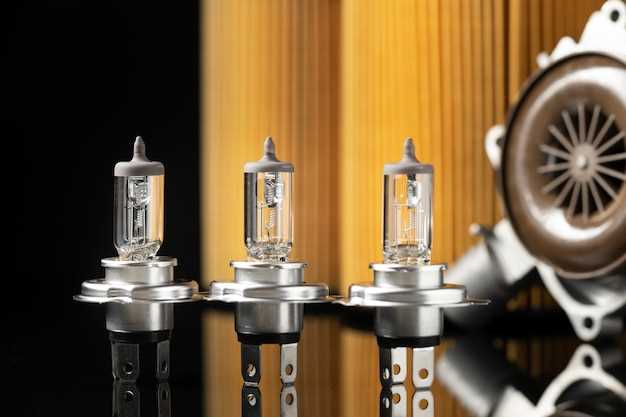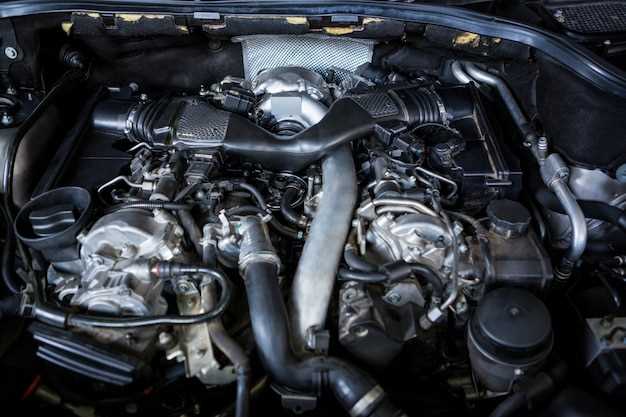
The Dodge Charger stands as a symbol of American muscle, embodying both power and style. Within its lineup, the choice between the V6 and V8 engines often becomes a significant consideration for potential buyers. Each engine type delivers a unique driving experience, with distinct advantages that cater to different preferences and driving needs.
The V6 engine offers a balanced approach, delivering respectable power while maintaining competitive fuel efficiency. With its lighter weight and impressive torque, the V6 provides a smooth acceleration, making it an ideal option for drivers seeking a blend of performance and everyday usability. This engine excels in urban environments, where agility and fuel economy play crucial roles.
On the other hand, the V8 engine transforms the Charger into a high-performance machine. Known for its raw power and thunderous growl, the V8 enhances not just speed, but also the overall driving experience. With a significantly higher horsepower output, it appeals to those who prioritize exhilarating acceleration and the adrenaline rush that comes with it. This engine shines on open roads and racetracks alike, delivering a performance that is hard to match.
Understanding the differences in engine performance between the V6 and V8 configurations is essential for making an informed decision. Each engine has its strengths and delivers a unique flavor of driving excitement, ensuring that there’s a Charger variant for every type of enthusiast.
Acceleration and Torque Differences Between V6 and V8 Engines

The performance characteristics of the Dodge Charger equipped with a V6 engine differ significantly from its V8 counterpart, particularly in terms of acceleration and torque. The V6 engine typically produces sufficient power for standard driving scenarios, offering a balanced combination of efficiency and performance. However, when pushed to higher speeds or during rapid acceleration, the V6 may show limitations compared to the more robust V8 engine.
Torque is a critical factor in determining how quickly a vehicle can accelerate. V6 engines generally generate lower torque figures compared to V8s. For instance, while a V6 Charger might produce around 260 to 300 lb-ft of torque, the V8 versions can exceed 400 lb-ft, providing more substantial low-end power. This additional torque allows V8 models to deliver quicker acceleration off the line and more responsive performance during overtaking.
Acceleration times reflect these differences, with V8 Chargers often achieving 0-60 mph times in the range of 4 to 5 seconds, while V6 models may take about 6 to 7 seconds to reach the same speed. The enhanced power delivery from the V8 makes a noticeable difference in real-world driving, particularly for those seeking a more exhilarating driving experience.
In summary, while the V6 engine offers a commendable balance of performance and efficiency, the V8 option provides superior torque and acceleration capabilities, catering to enthusiasts looking for thrilling speed and power in their Dodge Charger.
Fuel Economy: Analyzing the Trade-offs for Performance

When comparing the Dodge Charger equipped with a V6 engine to its V8 counterpart, one of the most significant factors to consider is fuel economy. The V6 engine typically offers better fuel efficiency, making it a more economical choice for everyday driving and longer commutes. This engine configuration is designed to balance power and efficiency, allowing drivers to benefit from respectable performance while consuming less fuel.
In contrast, the V8 engine, while delivering superior power and acceleration, often results in reduced fuel efficiency. The increased horsepower and torque provided by the V8 can be enticing for those seeking thrilling performance, but this comes at the cost of higher fuel consumption. Drivers may face more frequent trips to the gas station, especially under heavy acceleration or when driving in urban environments.
The trade-off between performance and fuel economy is particularly evident in how each engine handles daily driving scenarios. The V6 engine tends to perform admirably in situations that do not require maximum power, such as highway cruising or city driving. In these cases, the fuel savings can be significant, making the V6 a practical option for those prioritizing economy over raw power.
On the road, the choice of engine can affect not only fuel consumption but also operating costs. While the V8 may offer a thrilling driving experience, the associated costs of fuel, maintenance, and insurance can add up over time. Conversely, the V6 provides a more budget-friendly alternative, appealing to drivers who desire a balance between everyday usability and performance.
Ultimately, choosing between the V6 and V8 engines in the Dodge Charger boils down to individual priorities. For those who prioritize speed and power, the V8 may be the clear winner, despite its lower fuel efficiency. However, for drivers focused on maximizing fuel economy and minimizing costs, the V6 presents a compelling case. Understanding these trade-offs is crucial for making an informed decision based on personal driving needs and lifestyle.
Driving Experience: Handling and Responsiveness in V6 vs V8
The driving experience of the Dodge Charger significantly varies between the V6 and V8 engines, primarily in terms of handling and responsiveness. The V6 engine offers a more balanced ride, characterized by its lightweight nature, which allows for better maneuverability in urban environments and tighter corners. This engine configuration typically results in a smoother ride, where acceleration feels linear and less aggressive, making it ideal for daily driving and commuting.
In contrast, the V8 engine provides a higher level of performance that translates into a more exhilarating driving experience. The added horsepower and torque allow for rapid acceleration, giving drivers a sense of power that enhances responsiveness. However, this increased power can lead to a heavier front end, which may affect handling, especially during sharp turns or aggressive driving scenarios. The V8’s inherent potential for higher speeds often requires more attention to handling dynamics, particularly in maintaining stability during fast cornering.
The V6 tends to excel in providing a comfortable ride, often featuring a softer suspension setup designed for everyday usability. This makes it less tiring during prolonged drives, though some enthusiasts may find it lacks the thrill offered by the V8. Meanwhile, the V8’s stiffer suspension can enhance cornering capabilities, allowing for better performance in a spirited driving context. Ultimately, the choice between V6 and V8 influences not just power but also the overall driving dynamics and the kind of experience a driver can expect behind the wheel of a Dodge Charger.




